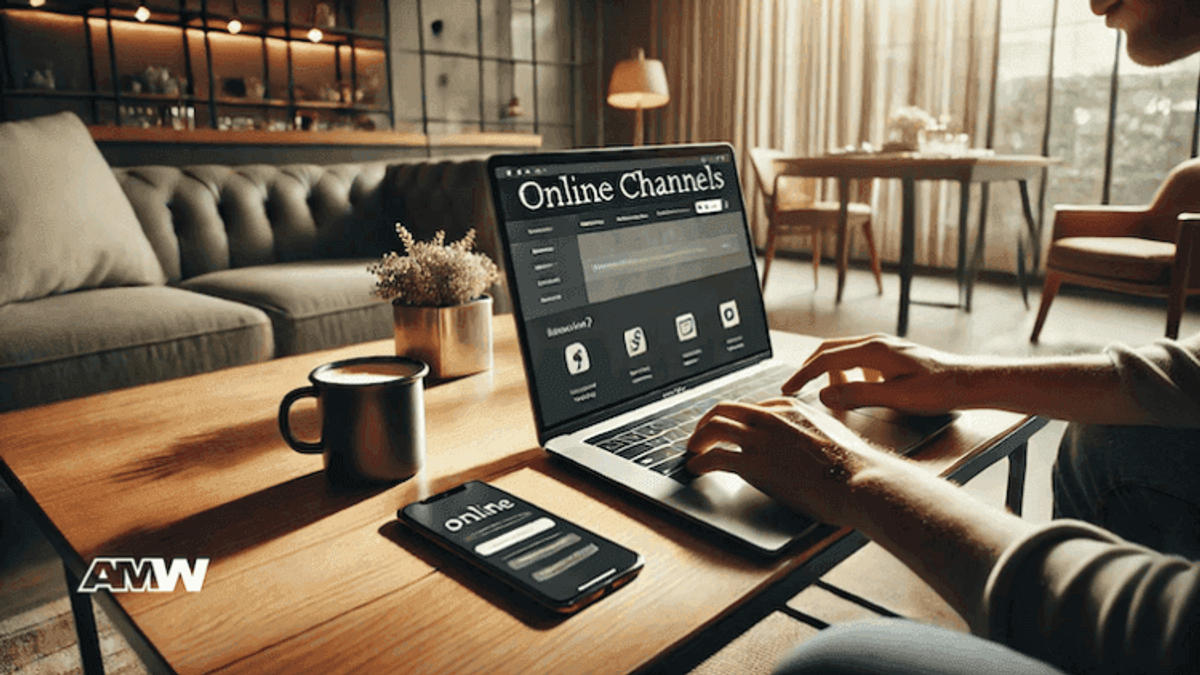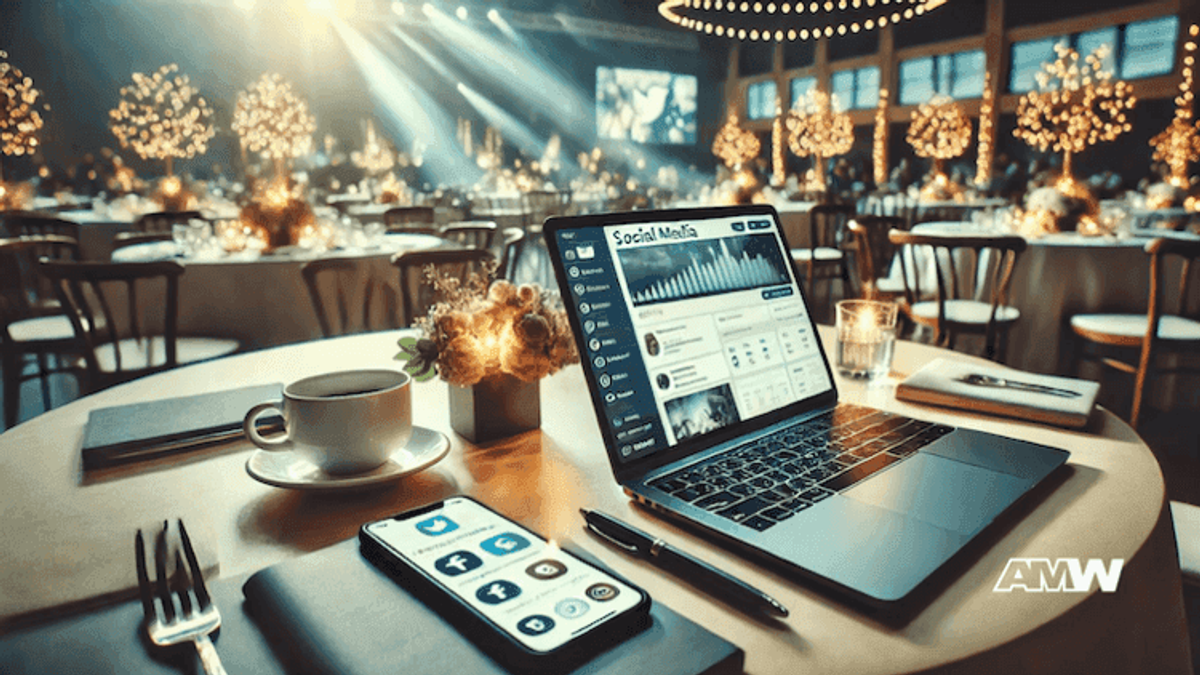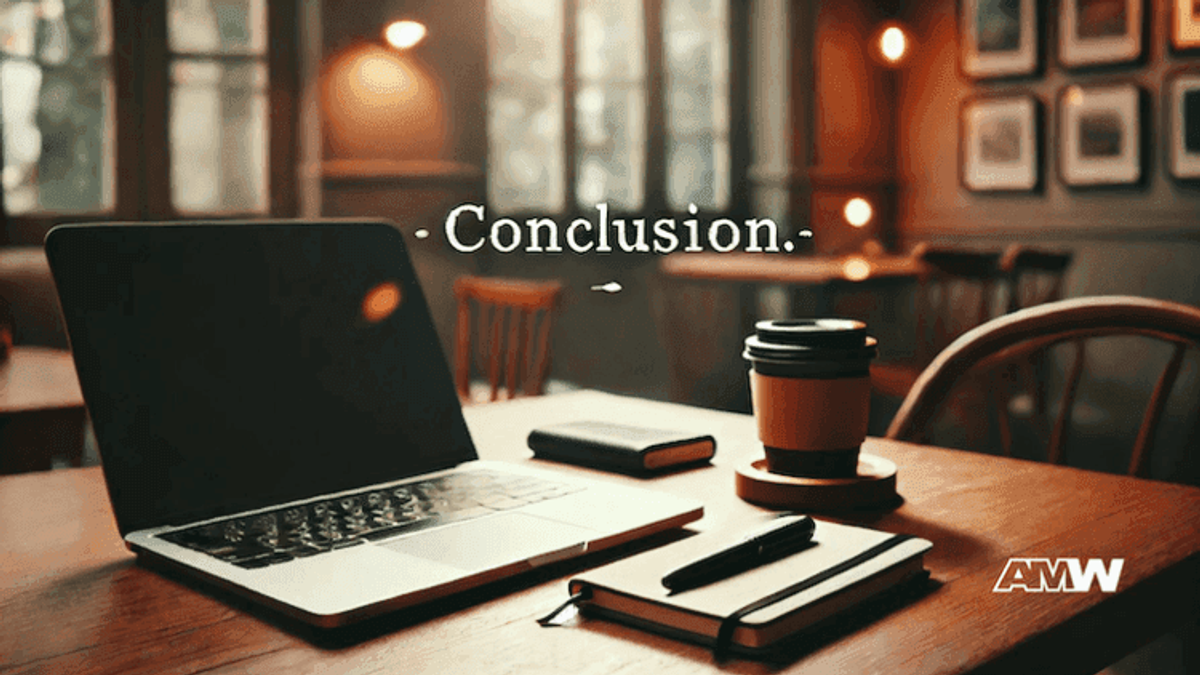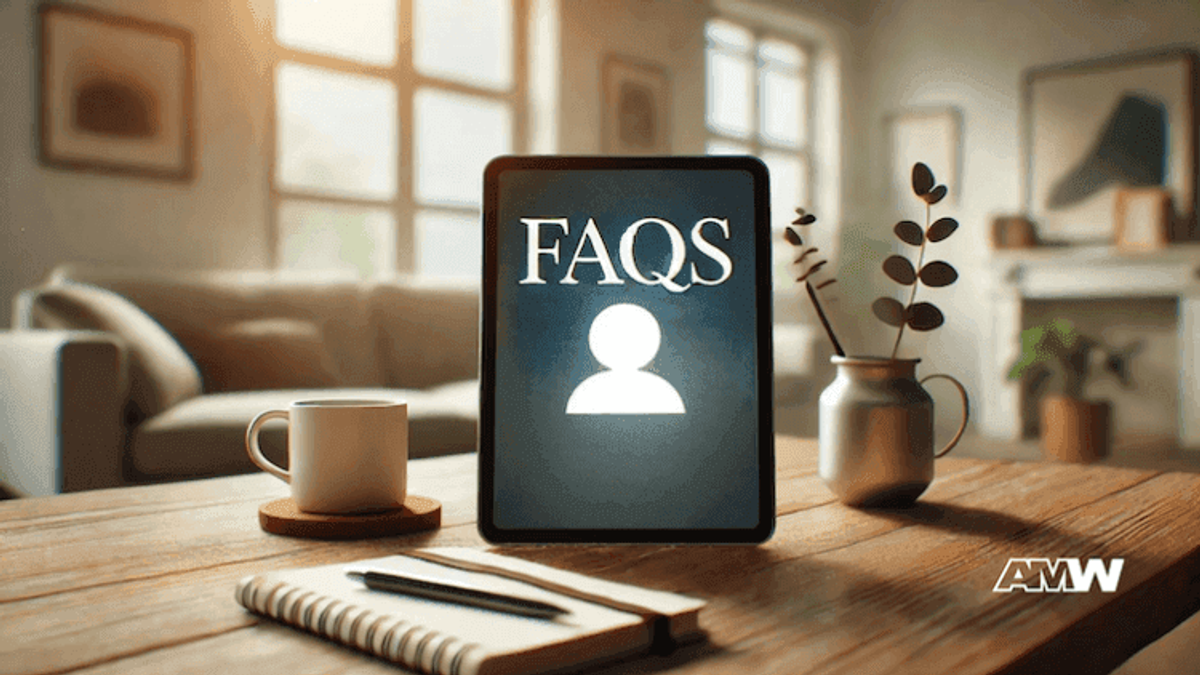10 Steps on How to Develop a Marketing Plan for Your Next Event

Events are a mix of fun and challenges.
Quick Summary
Successful event marketing requires thorough planning and execution, emphasizing a strong marketing strategy. Key steps include defining objectives, conducting competitive research, and setting a detailed budget. Establishing a unique value proposition is crucial, alongside selecting appropriate channels. Content creation, leveraging social media, and planning email campaigns enhance engagement. Collaborating with influencers expands reach. Finally, tracking metrics enables refinement for future
Whether it's a corporate seminar, product launch, or a big celebration, the key to a successful event is in the planning and execution.
One of the most important part of this process is the marketing plan. A good marketing strategy not only gets more people to attend but also engages and makes the experience memorable for the attendees.
Ready to Grow Your Business?
Get a free consultation and custom strategy tailored to your goals.
This post shares 10 practical steps to develop a marketing plan for your next event.
Step 1: Define Objectives and Goals

Defining goals and objectives is the starting point for any marketing plan. First, figure out what you want to achieve with the event.
Whether it's to increase brand awareness, generate leads, or celebrate a milestone, objectives should be specific, measurable, achievable, relevant, and time-bound (SMART).
Instead of setting a vague goal like "get a lot of people for the event," set a specific one like "get 500 potential customers to attend the event within the next three months.
Clear objectives keep the planning focused and motivated. They also provide metrics to measure success.
With defined goals marketing strategies can be aligned so every effort contributes to achieving these targets. Objectives should be ambitious yet realistic considering the resources and time frame.
Step 2: Do Competitive Research

Knowing what competitors are doing can be super valuable and help identify opportunities and gaps in the market.
Start by researching similar events in the industry. Analyze their marketing strategy, strengths, and weaknesses. Look at their promotional materials, social media presence, and overall execution.
This competitive research will tell you what works and what doesn't.
Use this to differentiate the event. Highlight what's unique and offer something others don't. Maybe it's a unique speaker lineup, an exclusive venue, or an interactive experience.
By learning from others' successes and mistakes a marketing strategy can be created that stands out and resonates with the target audience.
Step 3: Create a Detailed Budget

Budgeting is a big part of event planning that can impact marketing efforts. A detailed budget helps to allocate resources effectively so every dollar spent contributes to the success of the event.
Start by listing all the potential expenses, venue costs, marketing materials, advertising, and personnel.
Allocate based on what will give the highest return on investment (ROI). It's good to have a contingency fund for unexpected expenses.
For example, social media advertising might be more effective than print media for the target audience. Allocate more to the channels that perform and be prepared to adjust the budget as needed.
Keep an eye on your spending and check it against your budget to make sure you don't overspend. A well-managed budget will ensure the necessary resources are available to execute the marketing plan and achieve the event goals.
Step 4: Create the Event's Unique Value Proposition

An event's unique value proposition (UVP) is what makes it different from other events.
It's why people should attend this event over others. Creating a UVP means understanding the audience's needs and desires and aligning them with what the event offers.
What makes the event special? Is it the exclusive content, the big-name speakers, or the networking opportunities?
Clearly state these in all marketing materials. The UVP should be the theme of all marketing communications, from the website and social media posts to email campaigns and promotional videos.
A UVP not only attracts attendees but keeps them engaged and excited about the event. It's the promise of value the event delivers, and it should be included in every piece of the marketing strategy.
Step 5: Pick the Right Channels

Selecting the right channels is key to reaching the audience. Start by identifying where the audience spends their time.
Ready to Grow Your Business?
Get a free consultation and custom strategy tailored to your goals.
Are they on social media platforms like LinkedIn, Facebook or Instagram? Do they prefer email newsletters, podcasts, or industry blogs?
Online channels might be social media advertising, email marketing, and content marketing, while offline channels could be direct mail, print advertising, and networking events.
Each channel has its strengths, and the right combination depends on the audience and event goals.
For example for a tech conference LinkedIn and industry blogs might be more effective for professionals in the field. For a local community event flyers, local media and community partnerships might be more effective.
Monitor the performance and adjust the strategy based on what works for the audience.
Step 6: Create Content

Content is the core of any marketing plan. Creating interesting and informative content not only attracts potential attendees but also keeps them engaged and excited about the event.
So, start by coming up with a plan for what content to create, where to share it, and when to share it.
Think about different content formats, such as blog posts, videos, infographics, and social media.
Each piece of content should align with the event's unique value proposition and deliver value to the audience.
For example a series of behind the scenes videos can build anticipation while blog posts featuring interviews with keynote speakers can showcase the event's expertise and appeal.
And don't forget to maintain a consistent tone and style across all content to reinforce the event brand. Use storytelling to make the content more relatable and engaging. Updating and sharing fresh content regularly keeps the audience engaged and informed and increases the chances of attendance.
Step 7: Leverage Social Media

Social media is a great tool for event marketing, a platform to reach a large audience and create buzz.
Make a social media strategy that includes regular updates, promotional posts, and interactive content. Use the platforms the target audience is on and tailor the content to each platform's strengths.
Interact by responding to comments, sharing user-generated content, and hosting live sessions or Q&As. Create an event hashtag to encourage attendees to share their experiences and spread the word.
Paid advertising can be very effective; you can target specific demographics and interests.
Social media analytics tools will help you track the engagement of social media efforts. Use this data to refine the strategy and amplify reach and impact.
Step 8: Plan Email Campaigns

Email marketing works great for promoting events! It allows direct communication with a targeted audience and can be personalized to increase engagement.
Start by building a segmented email list based on factors such as past attendance, interests, and engagement levels.
Write compelling email content that highlights the event's unique value proposition and includes clear calls to action. Mix informational and promotional emails to keep the audience informed and excited.
Ready to Grow Your Business?
Get a free consultation and custom strategy tailored to your goals.
For example, send a series of countdown emails leading up to the event, each with new information or incentives to register.
Personalization is key to email marketing. Use the recipient's name and tailor the content to their interests. Email analytics will help you track open rates, click through rates and conversions and provide valuable insights for future campaigns.
Step 9: Work with Influencers and Partners

Working with influencers and partners can amplify the event's reach and credibility. Identify industry influencers and organizations whose audience matches the event's target market.
Reach out with a clear proposal on how the partnership will benefit both parties.
Influencers can promote the event through their existing platforms, creating authentic and engaging content that resonates with their audience. This could be posts on social media, blog articles, or even live coverage during the event. Partnerships with relevant organizations can also open up new channels and resources.
Make sure all collaborations are genuine and mutually beneficial. Clearly outline the expectations and deliverables for each party to avoid confusion.
Good collaborations will increase the event's visibility and attract a wider audience.
Step 10: Track, Measure, Refine

Measuring the marketing plan is key to knowing what worked and what didn't. Set up key performance indicators (KPIs) aligned to the initial objectives and goals.
These might be registration numbers, engagement rates, social media reach, and attendee feedback.
Use analytics tools to collect and measure data from all channels. This data will give you insight into each marketing activity and highlight areas for improvement. Review the metrics regularly and adjust the strategy as needed to optimize performance.
The post-event analysis is just as important. Collect feedback from attendees through surveys and reviews to understand their experience and identify areas for improvement. Use this data to refine the marketing plan for future events and get better and better over time.
Conclusion

When you're putting together a marketing plan for an event, you gotta take a big-picture approach.
That means nailing down your objectives, doing a deep dive into your competition, setting a budget, and figuring out what makes your event stand out.
You've also got to pick the right channels, create great content, run social media and email campaigns, team up with influencers and partners, and keep a close eye on how things are going so you can make adjustments as needed.
By following these steps, event planners can create a solid marketing strategy for a successful event.
FAQ

How far in advance should I start planning my event marketing?
Depending on the event, 6-12 months can be a good timeframe to plan and execute without feeling rushed.
How do I know if my marketing plan is working?
Look at registration numbers, social media engagement, and attendee feedback.
How do I get attendees excited before the event?
Teaser content, social media contests, and early bird offers are good ideas.
How do I find the right influencers to work with?
Find influencers who match your event's theme and genuinely connect with your audience. Check their engagement rates and previous collaborations.
Ready to Grow Your Business?
Get a free consultation and custom strategy tailored to your goals.
Frequently Asked Questions
How far in advance should I start developing a marketing plan for my event?
Start developing your event marketing plan 3-6 months in advance, depending on event size and complexity. Large conferences or product launches need 6+ months for venue booking, speaker coordination, and comprehensive marketing campaigns. Smaller events can succeed with 2-3 months of planning. Early planning allows time for competitive research, budget allocation, content creation, and building anticipation through social media and email campaigns. This timeline ensures adequate promotion without rushing crucial marketing elements.
What percentage of my event budget should I allocate to marketing?
Allocate 15-30% of your total event budget to marketing activities. For new events or competitive markets, aim for the higher end (25-30%) to build awareness. Established events can operate with 15-20%. This budget should cover digital advertising, content creation, email marketing platforms, promotional materials, and influencer partnerships. Track ROI carefully and be prepared to reallocate funds between channels based on performance. Always reserve 10-15% as contingency for unexpected marketing opportunities or underperforming channels.
How do I identify my target audience for event marketing?
Identify your target audience by analyzing your event's purpose, content, and value proposition. Create detailed buyer personas including demographics, job roles, interests, and pain points. Survey past attendees, analyze competitor events, and research industry trends. Consider factors like location, budget, professional level, and preferred communication channels. Use social media analytics and Google Analytics to understand audience behavior. This research helps you choose the right marketing channels, craft relevant messaging, and set realistic attendance goals.
Which social media platforms work best for event marketing?
The best social media platforms depend on your target audience. LinkedIn excels for B2B events, conferences, and professional networking. Facebook works well for community events and broad audiences with its event pages and targeted advertising. Instagram suits lifestyle, entertainment, and visually-driven events. Twitter is effective for real-time updates and industry discussions. TikTok appeals to younger demographics for trendy, creative events. Focus on 2-3 platforms where your audience is most active rather than spreading efforts too thin across all channels.
What should I include in my event's unique value proposition?
Your event's unique value proposition should highlight exclusive benefits attendees can't get elsewhere. Include specific elements like renowned speakers, hands-on workshops, networking opportunities, industry insights, or exclusive product previews. Address your audience's pain points and demonstrate clear outcomes they'll achieve. Quantify benefits when possible: '50+ industry leaders,' 'exclusive access to new technology,' or 'proven strategies that increased revenue by 40%.' Keep it concise, compelling, and consistently communicate it across all marketing materials to differentiate from competing events.
How do I measure the success of my event marketing plan?
Measure success using SMART goals and key performance indicators (KPIs). Track registration numbers, conversion rates from each marketing channel, email open rates, social media engagement, and website traffic. Monitor cost per acquisition and return on investment for paid advertising. Use event registration platforms with analytics, Google Analytics, and social media insights. Post-event, survey attendees about how they heard about your event. Compare actual results to initial objectives and analyze which channels delivered the best ROI for future planning.
What are the most common event marketing mistakes to avoid?
Avoid starting marketing too late (less than 6 weeks before), failing to define clear objectives, and spreading budget too thin across too many channels. Don't neglect mobile optimization since most people register via mobile devices. Avoid generic messaging that doesn't highlight your unique value proposition. Don't ignore post-event marketing for future relationship building. Failing to track metrics makes it impossible to measure success or improve future events. Finally, avoid over-promising and under-delivering, which damages your brand reputation and future attendance.
Related Articles

Events Marketing Plan: Creating an Event Strategy
Planning a successful event often requires a well-thought-out strategy that can significantly impact its outcome. Whether you're organizing a conference, a product launch, or a community event, an

Event for Marketing: Crafting an Effective Strategy
Planning an event for marketing purposes can be a good tool to connect with your audience, create memorable experiences, and promote your brand. Whether organizing in-person events, virtual events

The Complete Checklist for Promotion of Events
Effective event promotion is crucial for ensuring the success of any event, whether it's a small local gathering, a large corporate conference, or a virtual seminar. Strategic event promotion helps in